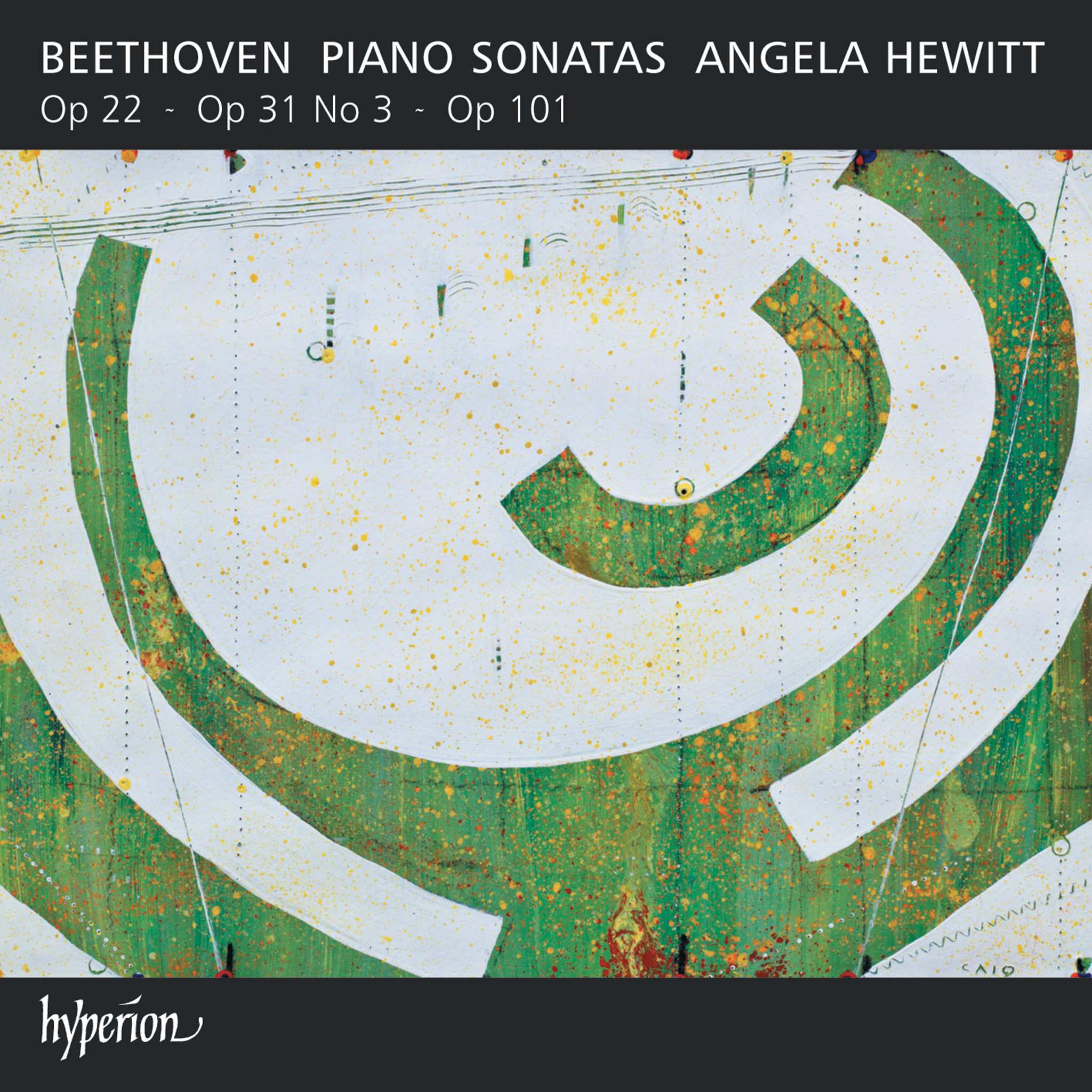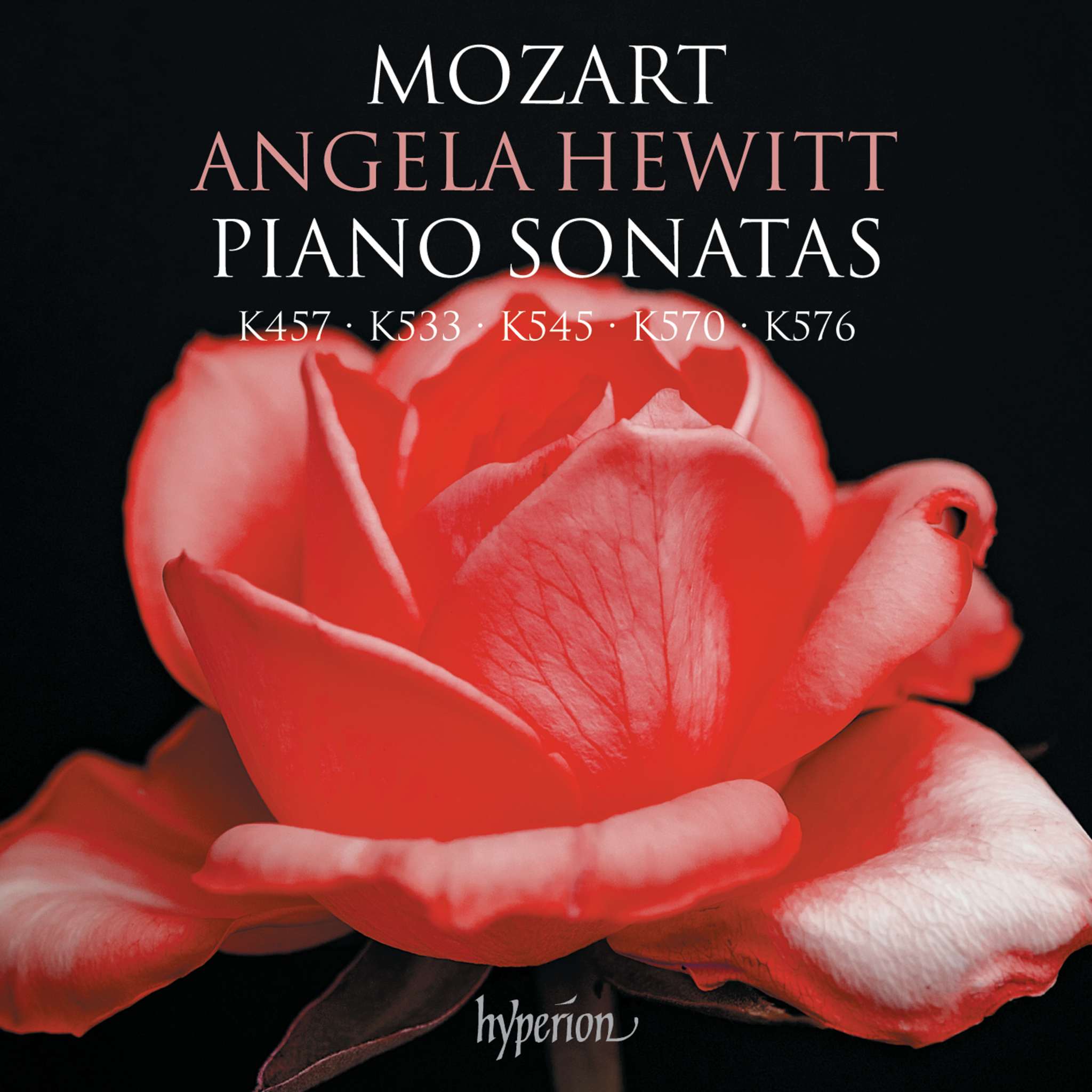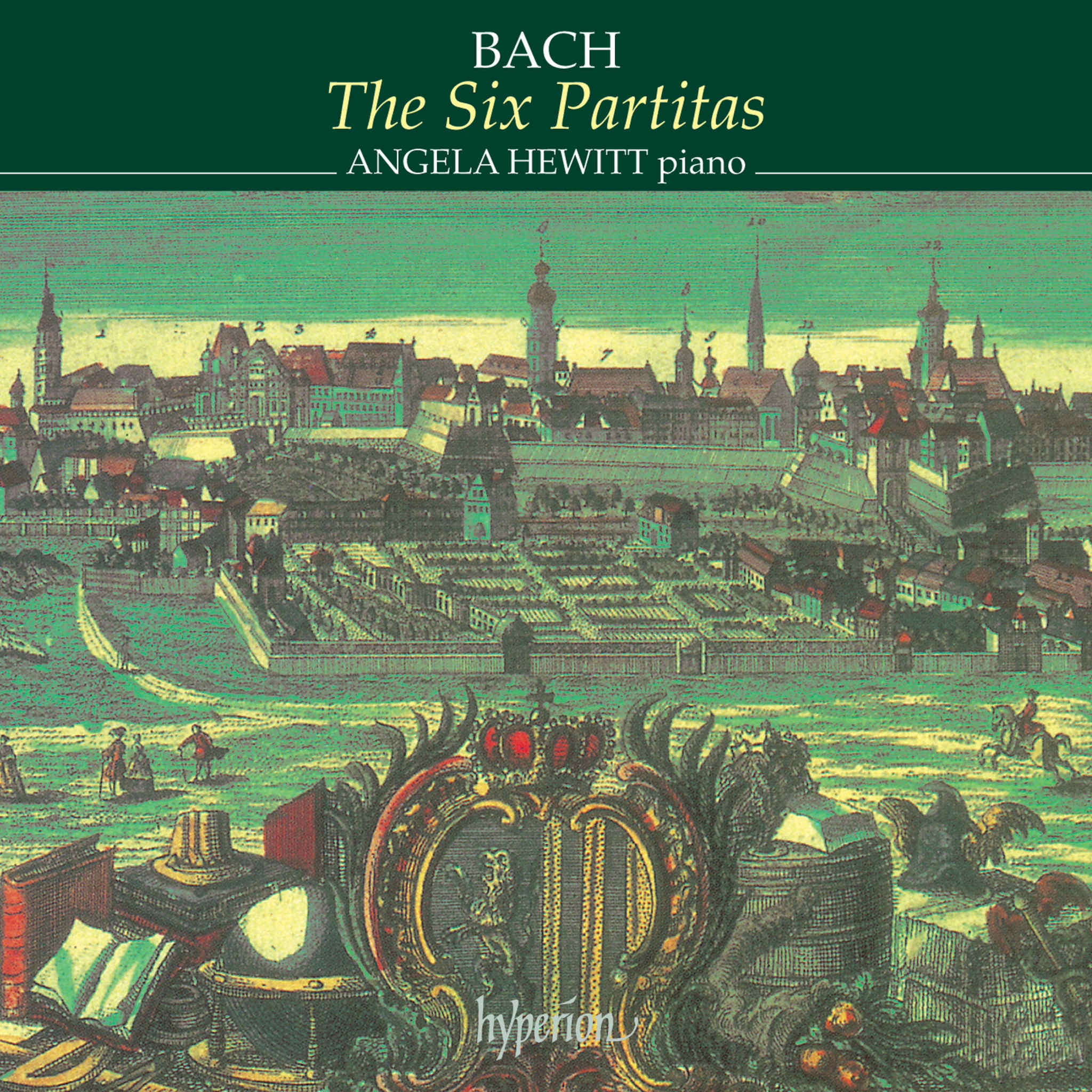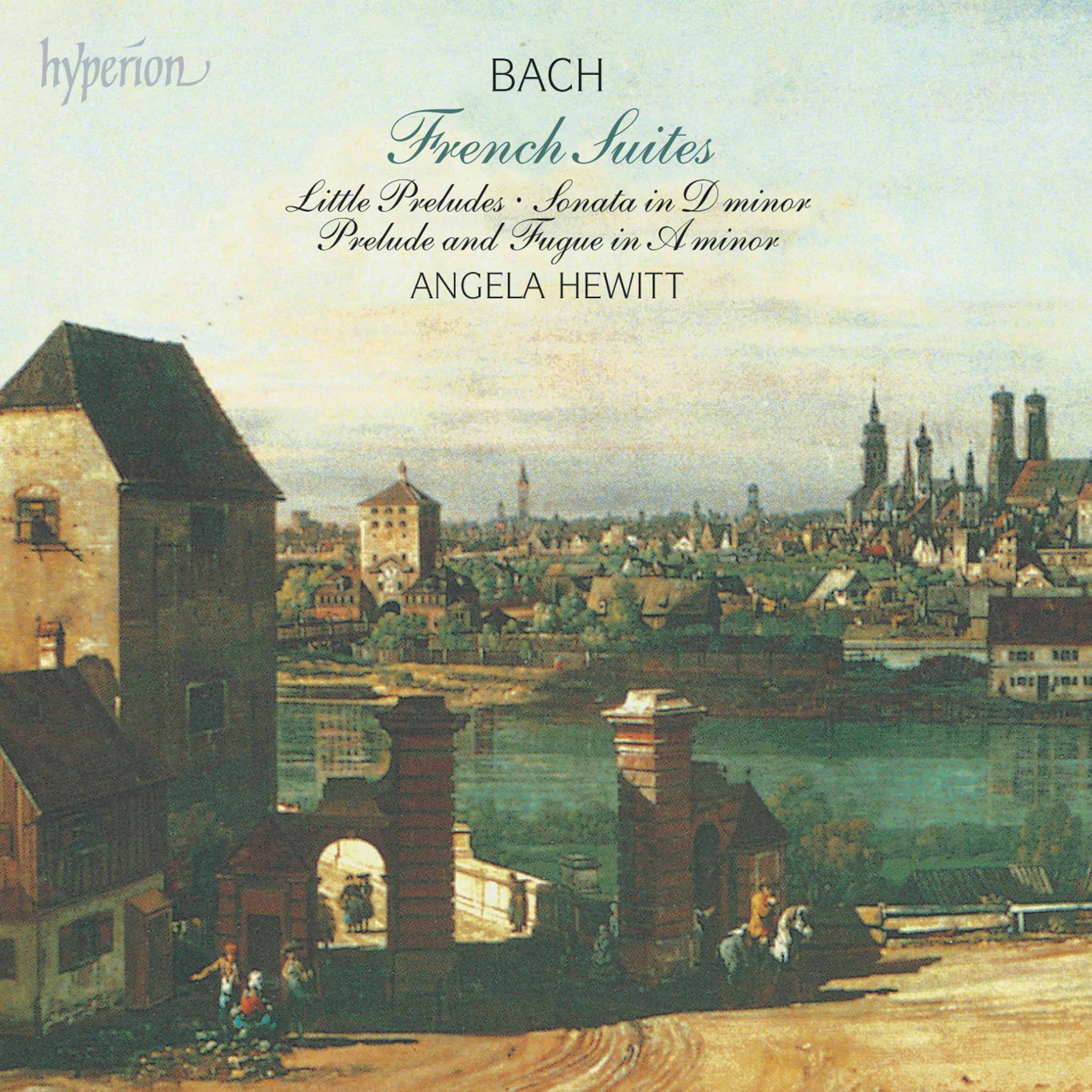Album insights
Bach's tenure as Thomaskantor in Leipzig in 1723 was riddled with frustration due to the city's politics. His rocky relationship with the authorities began early on. In a letter responding to the Leipzig Council in August 1730, Bach highlighted the lack of skilled singers and instrumentalists. Despite voicing his concerns to old friends like Georg Erdmann, seeking job opportunities elsewhere, Bach stayed in Leipzig, encountering ongoing discontent and opposition.
During his tenure, Bach's focus shifted towards composing music for Lutheran liturgy and expanding his reach beyond Leipzig. He nurtured ties with the Dresden court, emphasizing its musical richness in communications with Leipzig's council. Seeking to elevate his status, Bach traveled to Dresden in 1733 to present his newly composed Missa to August II, the Elector. Eventually granted the title of Court Composer in 1736, after flattering the court with homage cantatas, Bach's massive Missa in B minor remained unperformed in its entirety during his lifetime.
Bach's meticulous completion of the Mass, drawing from various existing compositions, hinted at a broader artistic summary rather than an immediate liturgical use. Unveiled posthumously in 1859, the monumental work faced speculation and acclaim, reminiscent of Benjamin Britten's praise. Bach's innovative use of diverse musical styles, intricate counterpoint, and tonal balance in the Mass marked a culmination of his later style, immortalizing it as a timeless masterpiece.
Across the h-Moll-Messe's composition, Bach juxtaposed multiple musical styles, akin to Mozart's later c-Moll-Messe. Incorporating galant phrases and intricate fugues, Bach achieved unity amidst stylistic diversity, notably employing parodic techniques. The Mass's individual parts possibly saw independent performances, each showcasing Bach's profound musical language and compositional prowess. Bach's meticulous crafting of the Mass displayed a profound spiritual depth, echoing the monumental impact of the St. Matthew Passion.
In the transformative journey of Bach’s h-Moll-Messe, juxtaposing diverse textures culminates in a harmonious musical tapestry. From solemn fugues to uplifting arias, each movement within the Mass reveals Bach's masterful command of choral writing and instrumental interplay. With his unmatched craftsmanship and profound spirituality, Bach’s h-Moll-Messe remains a pinnacle of Western choral music, evoking a sense of divine grandeur and emotional depth unmatched by other compositions.






